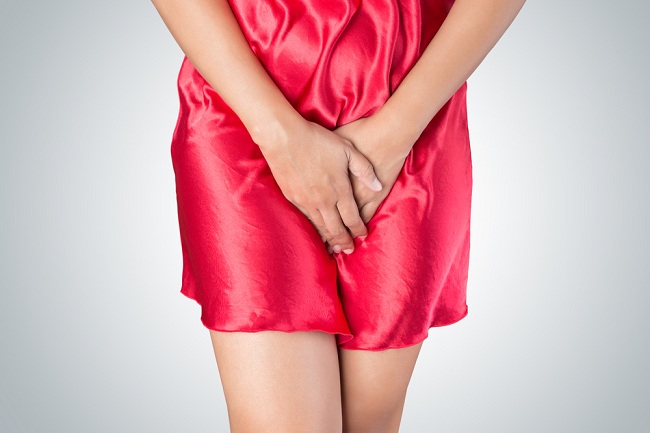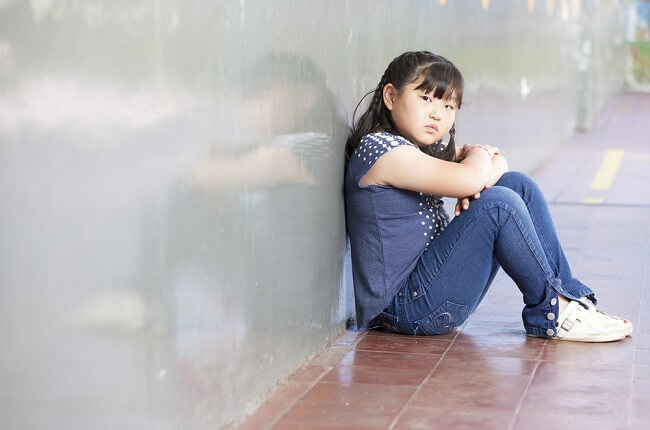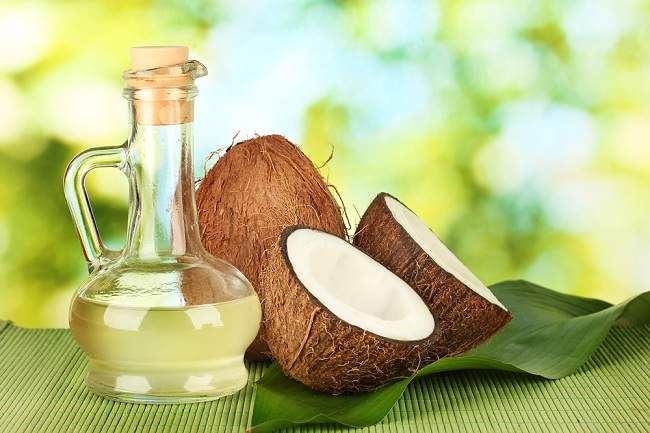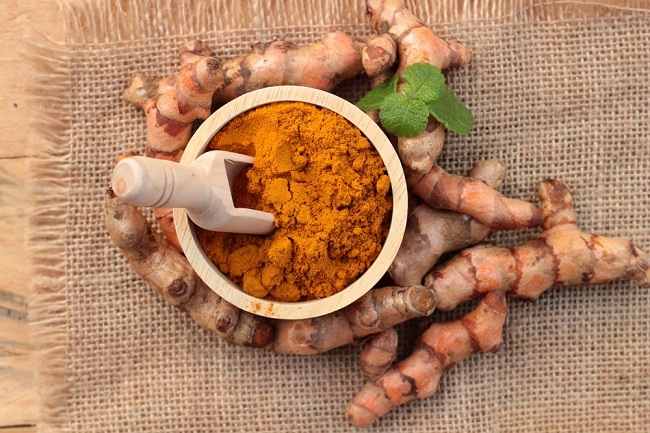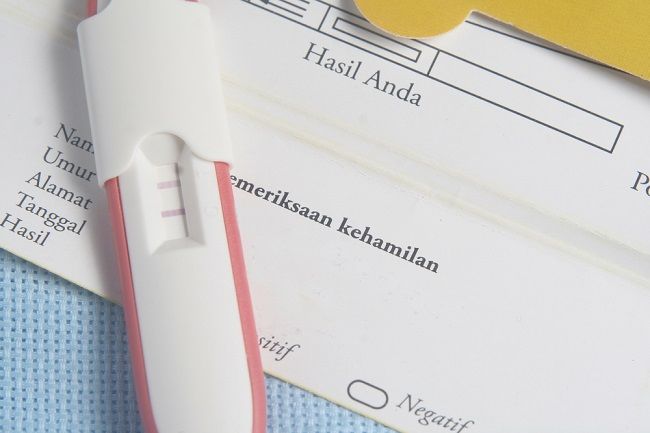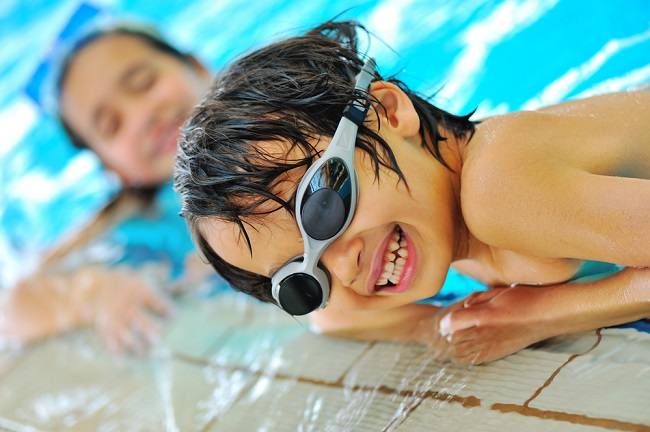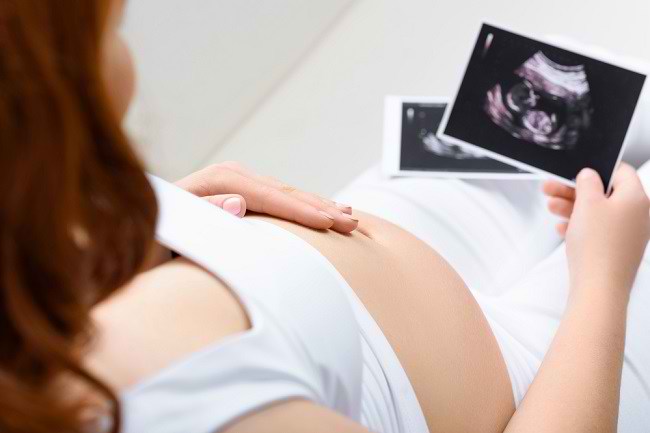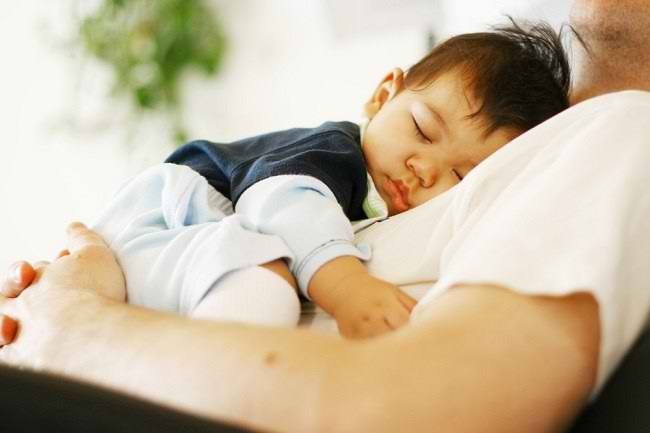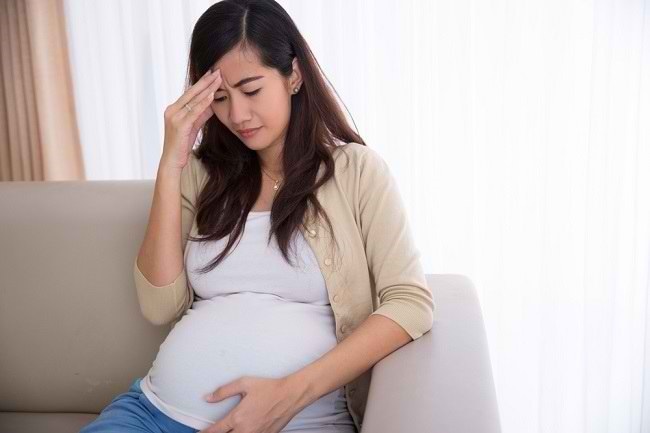Sterilization of milk bottles is one of the most important efforts to do for maintain health baby and prevent them from getting sick. If the feeding bottle is not kept clean, the baby can be more at risk of being infected with disease-causing germs.
Keeping the baby's health requires extra attention. This is mainly because babies have a weak immune system, so they are susceptible to infection.

Therefore, as a parent, you are required to be more careful in preparing everything that is needed by the baby, from the food he consumes to the cleanliness of the bed, clothes, toys, as well as milk bottles and baby eating utensils.
Sterilization of milk bottles is not mandatory every time your little one wants to breastfeed. You only need to sterilize the feeding bottle when the bottle has just been purchased or when you use another baby's bottle to breastfeed your little one.
In addition, sterilization of milk bottles is also necessary when your child is sick or the water used to wash milk bottles is not guaranteed to be clean.
How to Wash and Sterilize Baby Milk Bottles
Before sterilizing, wash the milk bottle first. Here's how to wash a milk bottle the right way:
- Wash your hands thoroughly using running water and soap.
- Remove every part of the baby bottle, including the nipple and cap.
- Wash the bottle and each part with soap and running water or warm water. Try to wash every part of the bottle until it is clean from the rest of the milk.
- Clean the outside and inside of the bottle so that the bottle is completely clean.
After the bottles are washed, the sterilization process can be carried out. There are 3 general ways you can choose to sterilize your baby bottle, namely:
1. Sterilization of milk bottles with steamer bottle of milk
Sterilization of milk bottles using a vaporizer is the most practical and fast way. This machine works by creating high-temperature hot steam that can remove germs in the bottle. The sterilization process using this machine only takes about 8-12 minutes.
Another advantage that you can get is the cleanliness of the bottle which can last up to 6 hours as long as the bottle is stored in a closed sterile machine or container. It's just that, to get the convenience and advantages, of course you need to pay extra to buy it.
When using a vaporizer or steamer this feeding bottle, follow the instructions on the machine packaging. Make sure you place the sides of the bottle face down and avoid inserting equipment that is not safe to sterilize, such as a breast pump.
2. Sterilization of milk bottles with microwave
If you have microwave at home, you can use this tool to sterilize baby bottles.
This method is done by simply inserting a bottle, pacifier, and bottle cap that has been washed inside microwave, then turn on microwave on high temperature and set heating for 1-2 minutes.
Before using microwave to sterilize baby bottles, make sure microwave is clean, odorless, and has no food residue in it.
3. Boiling bottles
You don't have to worry if you don't have a milk bottle vaporizer or microwave, because sterilization of baby bottles can also be done simply by boiling them. The trick is to boil water until it boils or the temperature is at least 80 degrees Celsius, then boil the baby bottle for about 5 minutes. After that, lift the bottle using keg or food tongs, then place the bottle in a clean place and allow it to dry.
Even though it's practical and inexpensive, sterilizing baby bottles by boiling can make the nipples easy to damage. Therefore, discard and replace the teat or other part of the bottle if it is cracked or damaged.
Baby Milk Bottle Materials to Pay Attention to
Before the sterilization process is carried out, you need to read the product safety listed on the bottle first. The reason is, some bottles contain bisphenol A (BPA) compounds that can be released when heated and dissolve into milk.
If swallowed by the baby, these chemicals can increase the baby's risk of developing a number of health problems, such as growth disorders, brain damage, and problems with his immune system.
If the baby's bottle does not contain BPA, then the sterilization process can be carried out. On the other hand, if your baby's bottle contains these ingredients, consider buying another bottle that is BPA-free to make it safer when sterilized.
As much as possible avoid using the same pan for other purposes, such as cooking. If necessary, buy a new pot specifically used for sterilizing baby bottles.
It is recommended that baby bottles be sterilized regularly until the baby is at least a year old. If you are still confused about the proper way to sterilize milk bottles or how many times milk bottles need to be sterilized, you can consult further with your pediatrician.
